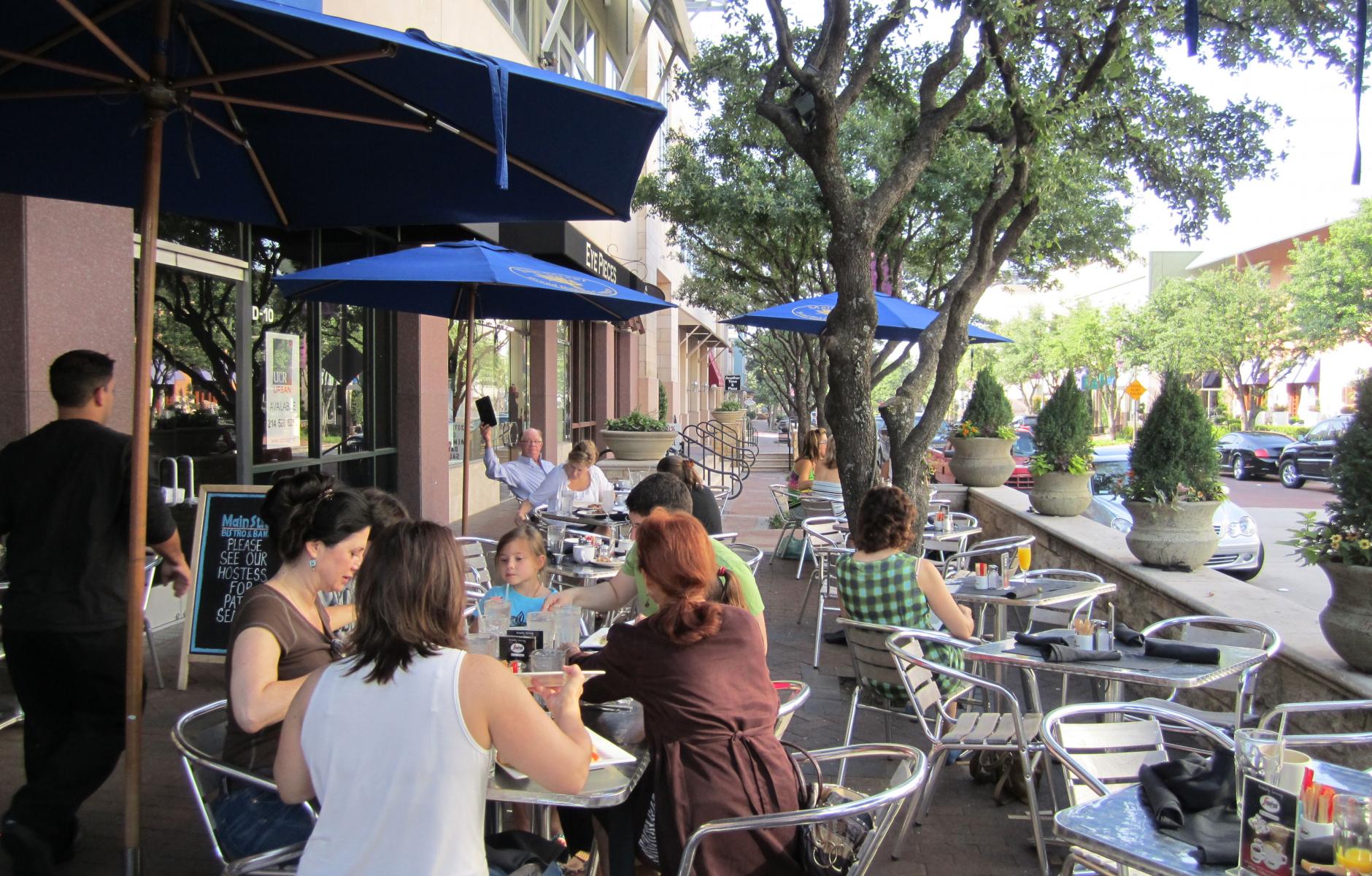
Shelter-at-home may transform office parks, downtowns, commutes, and cultures
Traffic has reduced dramatically during the shelter-at-home period, resulting in reductions in greenhouse gas emissions. Streets in local neighborhoods are alive with people walking, running, and biking to get fit—and merely to travel short distances within their neighborhoods now that they have stopped commuting to central business districts (CBDs) and suburban office parks.
When we emerge from this pandemic, it would not be surprising if employees increasingly work remotely from home whenever and wherever possible. For many, remote online business meetings are working great! This builds on a decade-long trend of businesses increasingly going on-line and maintaining only small office spaces, if any at all. A shift to at-home/remote office work might have a profound impact on leasable office space throughout the nation. Anecdotally, I’ve already heard of office-based businesses choosing not to renew their leases during this coronavirus epidemic, and deciding to operate from their homes.
Office buildings could transform into renovated housing as a solution to housing shortages. Households and business activity could increasingly mix as office workers work from home and in neighborhood-based shared workplaces. Central business districts, industrial districts, and outlying neighborhoods may become much less segregated and dispersed, much as they were prior to the 1890-1920s industrial revolution when neighborhood-based businesses were as prevalent as downtown offices.
Long commutes could be reduced and even eliminated for those businesses who choose to primarily work from their homes. A more poly-centric urbanism might re-emerge in our cities as a result. Wide arterials that are built to accommodate larger rush hour commutes could get road diets, eliminating lanes to be replaced with wider sidewalks, and more bike lanes. Perhaps street rights-of-way will increasingly accommodate pedestrians and cyclists as much as drivers.
The most promising effect could be if greenhouse gases would remain lowered as they are in this current COVID-19 shelter-at-home era. Could cities provide incentives to businesses who decide to close their office spaces as one of many tools in a Green New Deal agenda? Of course, the financial loss for office real estate could be significant, but perhaps there is a silver lining if office buildings were increasingly converted into residential apartments. This would result in creating more fully mixed-use neighborhoods in otherwise land-use segregated office parks and CBDs. Whole new local economies could emerge in those previously limited office-based districts.


Such a transformation may not happen automatically in which businesses suddenly close their offices and the world transforms on its own. It would not be at all surprising for the world to go immediately back to “burn-baby-burn” living as soon as we find a vaccine … and maybe even before.
However, some form of work at home and transformation of office spaces into residences might be one of many actions taken to reduce greenhouse gas emissions. Perhaps such a transformation of businesses could happen if there is leadership encouraging it—perhaps with incentives.
Increased work from home clearly can cut down on vehicle miles traveled, vehicle emissions, and wasted travel time, not to mention the constant struggle that families experience as parents need to make a living at jobs with long hours and commutes often far away from their family.
This would take a concerted effort by governments, businesses, and communities. But it might be a viable strategy to help reduce greenhouse gases, and benefit societies at large.
Note: We are taking CNU 28.Twin Cities online to host a virtual Congress to be held from June 10-13, 2020 that will include 55-70 sessions and a number of pre-Congress webinars. Registration is open for CNU 28.





